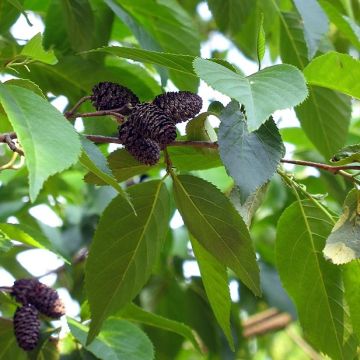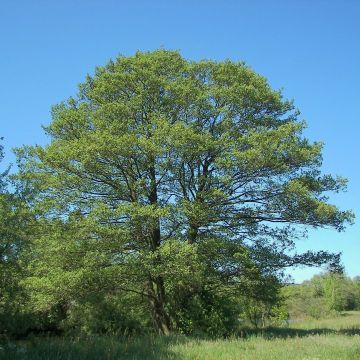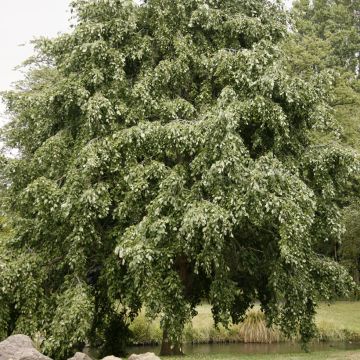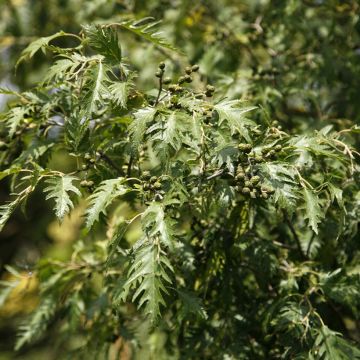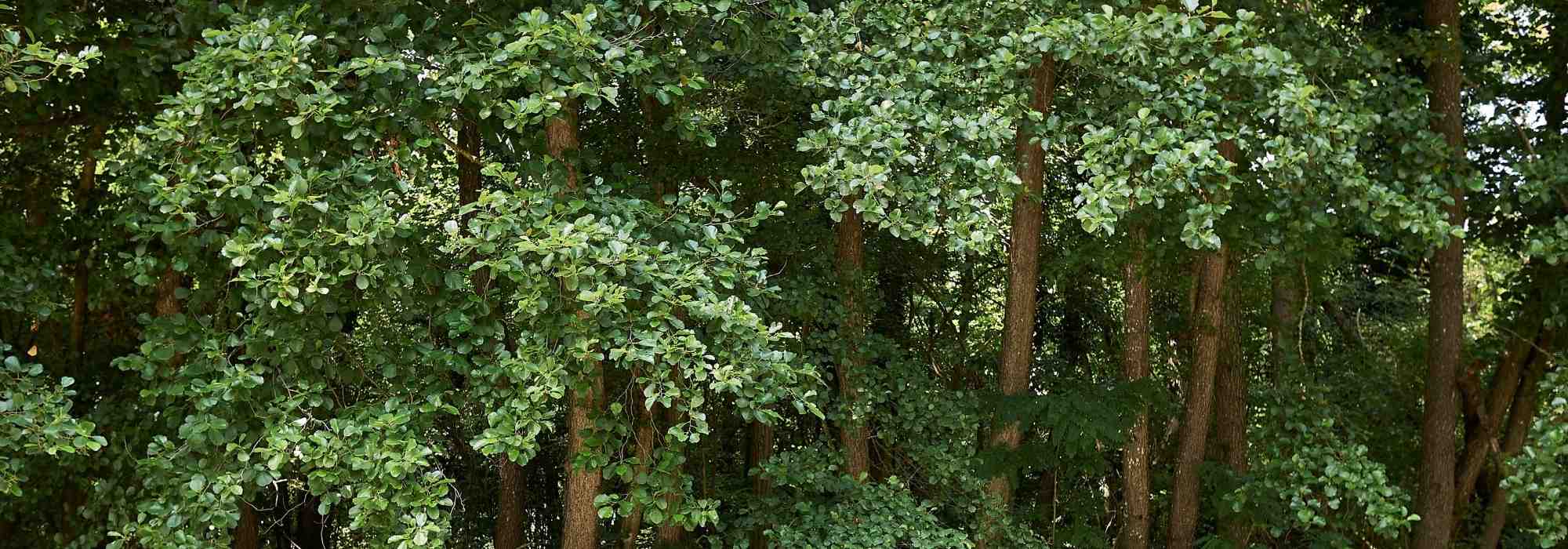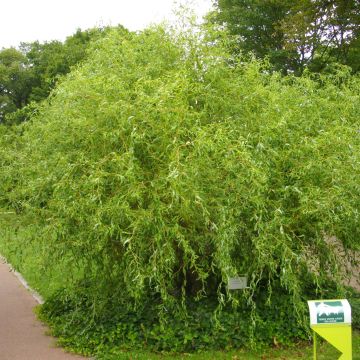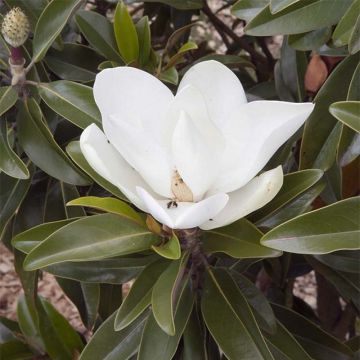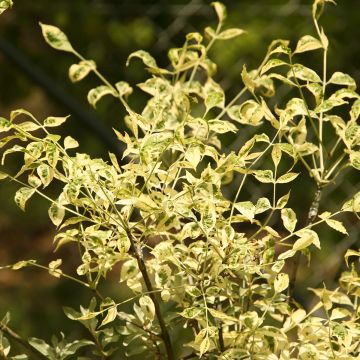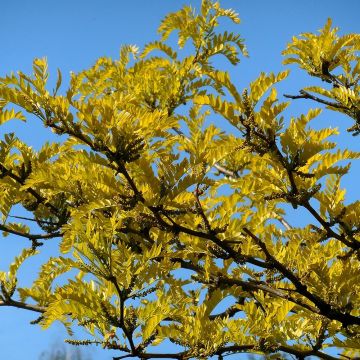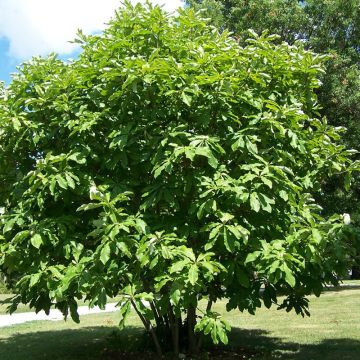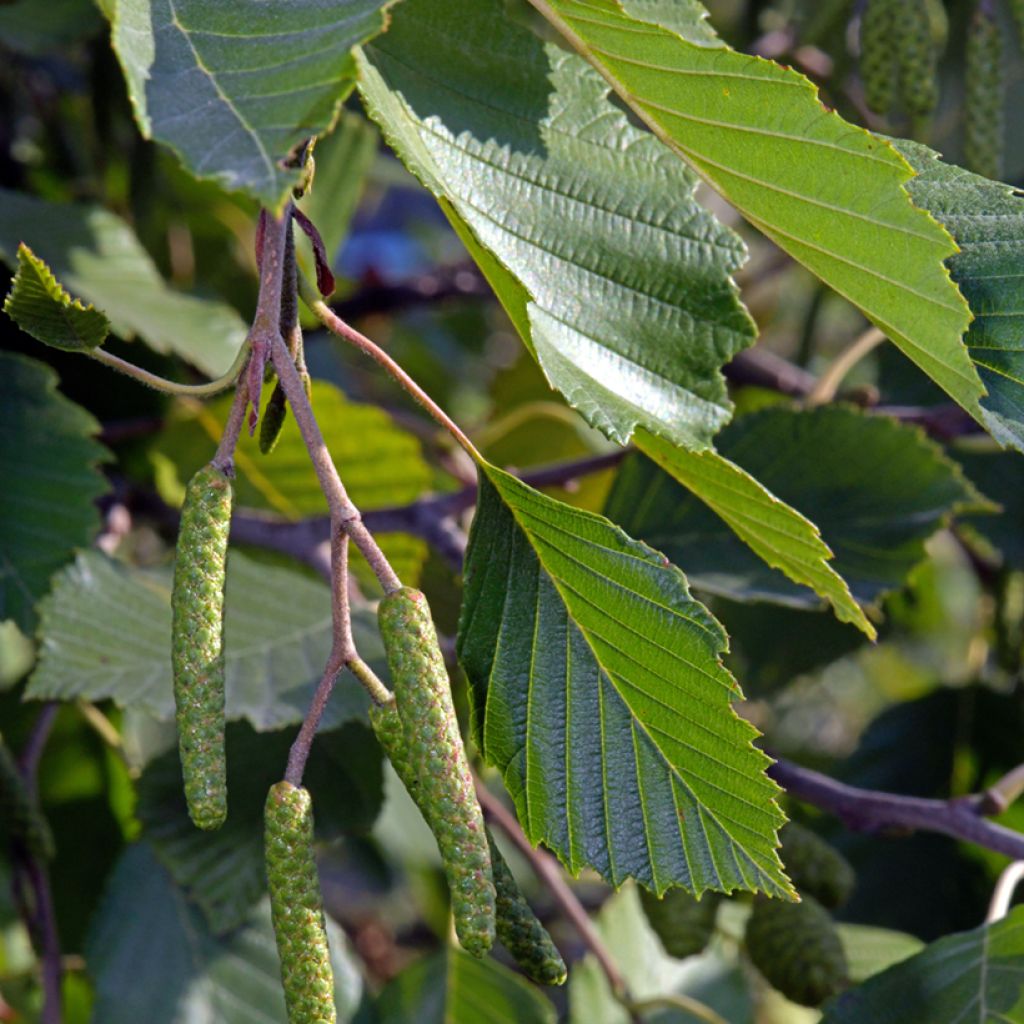

Alnus incana
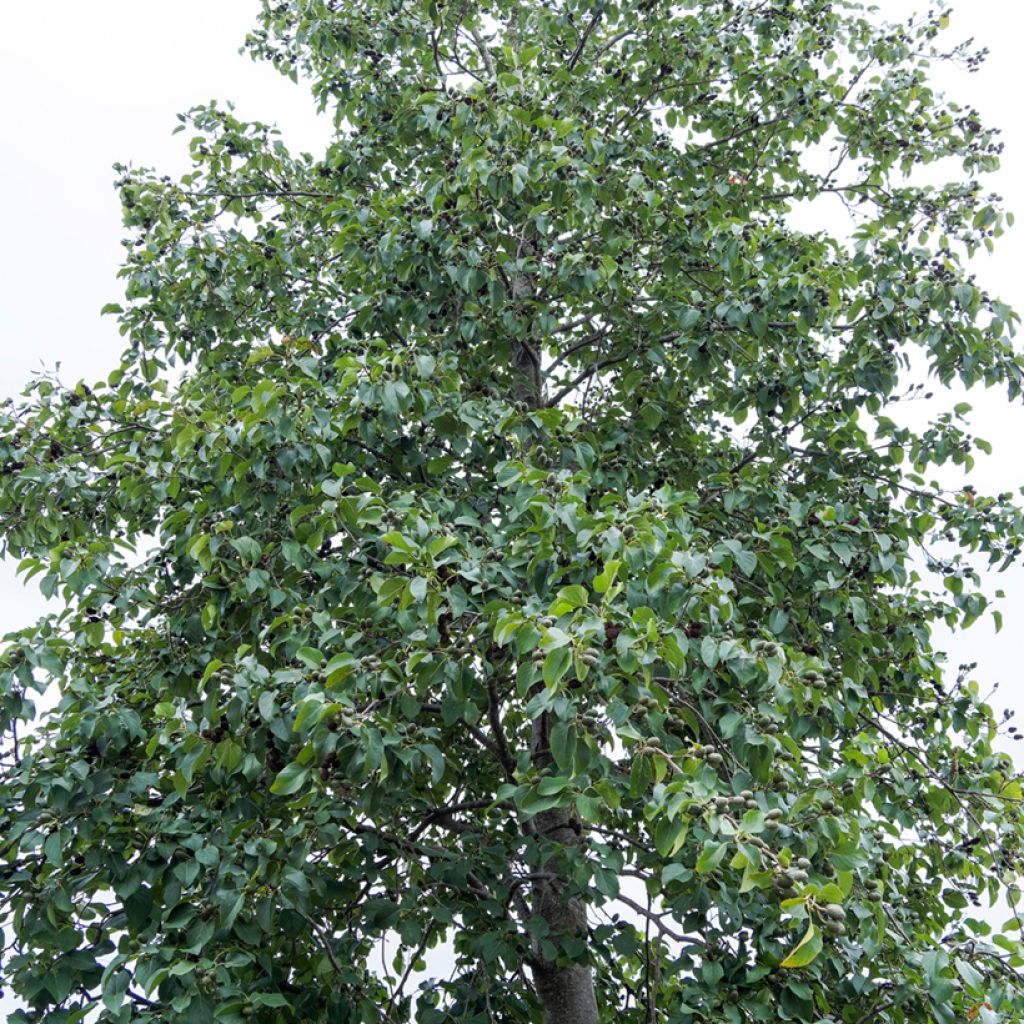

Alnus incana
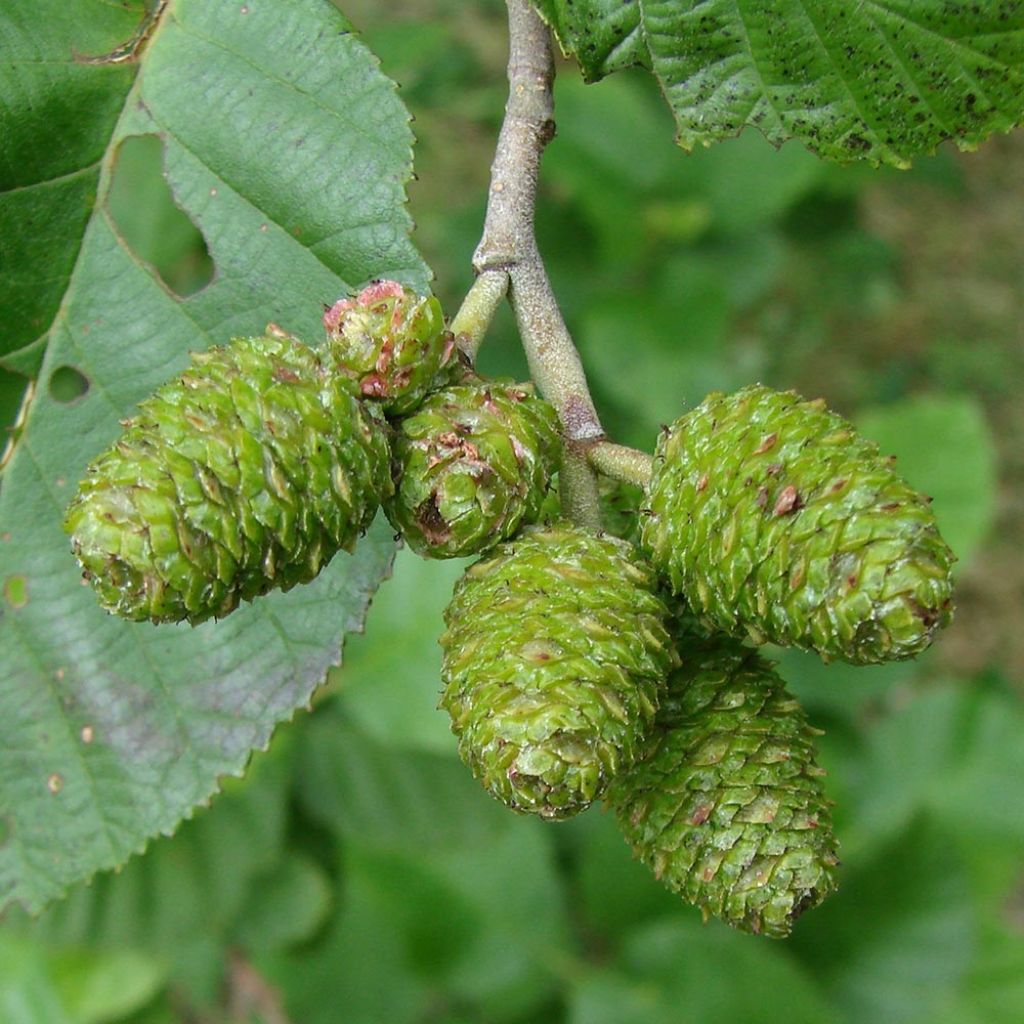

Alnus incana
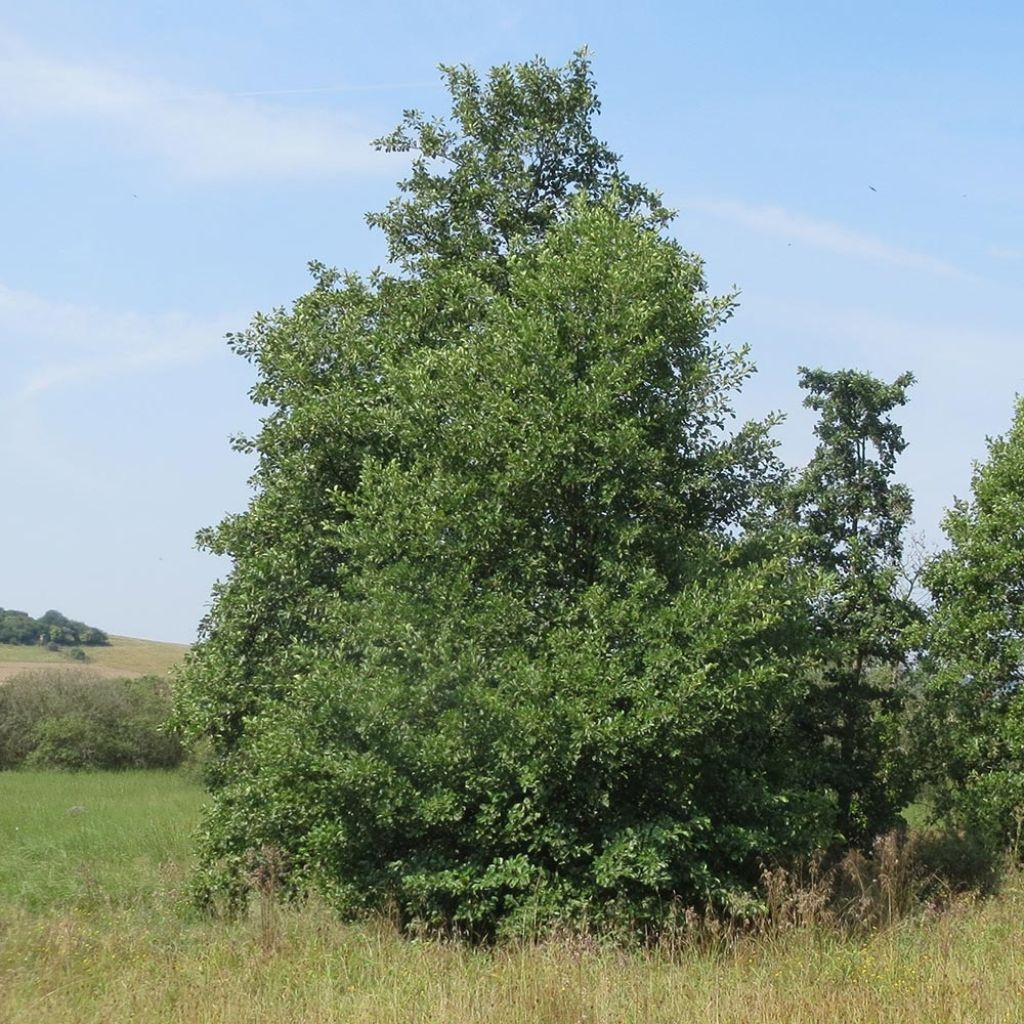

Alnus incana
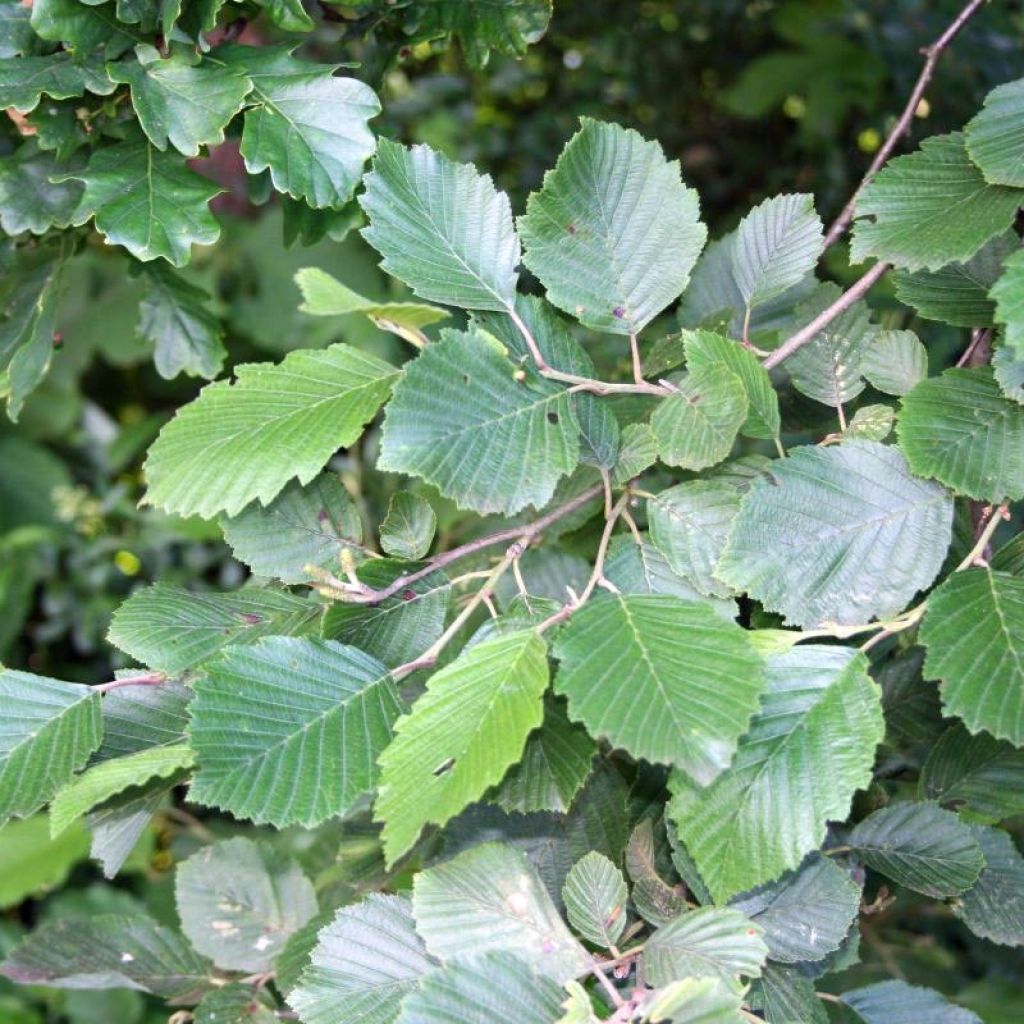

Alnus incana
Alnus incana
Alnus incana
Grey Alder, Speckled Alder
Hello, the alder was in perfect condition and it seems to be shooting very quickly. The only downside is that the shoot was cut to fit in the box. And I don't find that normal, it will shoot abnormally. I'll wait and see.
Julien, 09/11/2021
Special offer!
Receive a €20 voucher for any order over €90 (excluding delivery costs, credit notes, and plastic-free options)!
1- Add your favorite plants to your cart.
2- Once you have reached €90, confirm your order (you can even choose the delivery date!).
3- As soon as your order is shipped, you will receive an email containing your voucher code, valid for 3 months (90 days).
Your voucher is unique and can only be used once, for any order with a minimum value of €20, excluding delivery costs.
Can be combined with other current offers, non-divisible and non-refundable.
Why not try an alternative variety in stock?
View all →This plant carries a 24 months recovery warranty
More information
We guarantee the quality of our plants for a full growing cycle, and will replace at our expense any plant that fails to recover under normal climatic and planting conditions.

Would this plant suit my garden?
Set up your Plantfit profile →
Description
The Grey Alder or Alnus incana is a deciduous tree of medium size that owes its name to its grey-white and smooth bark, which is very decorative. Its dark green, ovate and pointed leaves, with a grey-white underside, are characteristic. The pendulous male catkins appear well before the foliage, illuminating the garden in late winter. This deciduous tree has a conical to ovoid habit, with an irregular crown, and has rapid growth and easily regenerates from the stump, often having multiple trunks. As a very hardy pioneer species, the mountain alder is a natural coloniser of alpine valley troughs. It is not very demanding and highly versatile, thriving in wet soil but tolerating dry soil, unlike the common alder. However, it prefers a sunny location and fairly calcareous soil. It is often planted for landscaping purposes, to populate barren land, reforest unstable soil such as spoil heaps or riverbanks, or as a windbreak in flat areas.
Alnus incana is a deciduous tree or large bush from the Betulaceae family, native to temperate regions of the northern hemisphere. It can withstand temperatures as low as -36°C. It is found in the wild along rivers, wetlands, and riparian forests in the Jura, the Alps, and the Rhine valley, up to an altitude of 1,800 m. Thanks to its flexibility and ability to produce new shoots, it is one of the few trees capable of withstanding avalanches. It is a fast-growing pioneer species, capable of forming dense stands in poor, calcareous soils. It has an annual growth of 35 cm (13.8 in) in height and 20 cm (7.9 in) in width. Its roots are rather shallow (less than 60 cm (23.6 in) deep) and less buried than those of the common alder, allowing it to withstand very windy regions and establish firmly even in very unstable, sloping soils. Also known as mountain alder, it can reach a maximum height of 20 m with a 12-m spread, and generally has ascending branches and an irregular conical crown. Its 10 cm (3.9 in) leaves are distinguished from those of the common alder by their sharp ovate shape, their light underside that captures light, and their doubly indented edges. The lower surface of the youngest leaves is covered in hairs. The pendulous 7-9 cm (2.8-3.5 in) long male catkins appear in a yellow-brown colour ahead of the foliage from February to April. The female flowers, in the form of dark red spikes, are much more discreet and located higher up on the branches. The fruits are woody ovoid cones called strobiles, with almost absent stalks, which remain on the tree year after year. They release narrow-winged nuts that are dispersed by the wind and provide an important food source for birdlife.
The Grey Alder is a tree that is not demanding in terms of soil but prefers a sunny location and moist, calcareous soil. It can tolerate temporary flooding and drier soil, but the common alder is the preferred variety for constantly waterlogged soil. When cut back to the ground, it quickly forms low shoots. It is particularly interesting as a solitary tree, in a line, in groves, and on slopes or riverbanks to retain soil, serve as a windbreak, or to reforest difficult areas in larger gardens. It can be combined with limestone-loving species such as holm oak or hornbeam, or in wetter soils with ash trees and basket willows. Functional and ecological hedges can be created by combining it with fruit species such as elderberry.
The mountain alder is widely planted to provide vegetation cover over poor and unstable mountain soil as well as more artificial landscapes such as spoil heaps. Indeed, its root system forms nodules containing nitrogen-fixing bacteria, thus enriching the soil with this nutrient. It is also often found in windbreak hedges in flat areas.
Alnus incana comes from the Latin word "incanus" which means "covered with grey-white hairs", referring to the hairy underside of the young leaves. The leaves are used as a diuretic and vermifuge. The bark is astringent and tonic.
Alnus incana in pictures
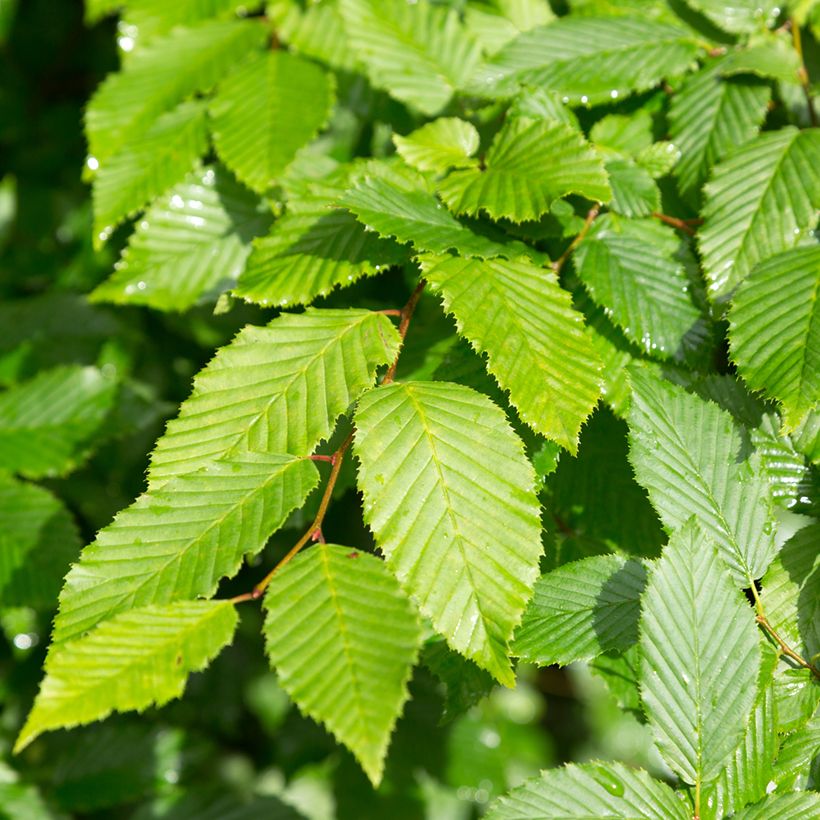

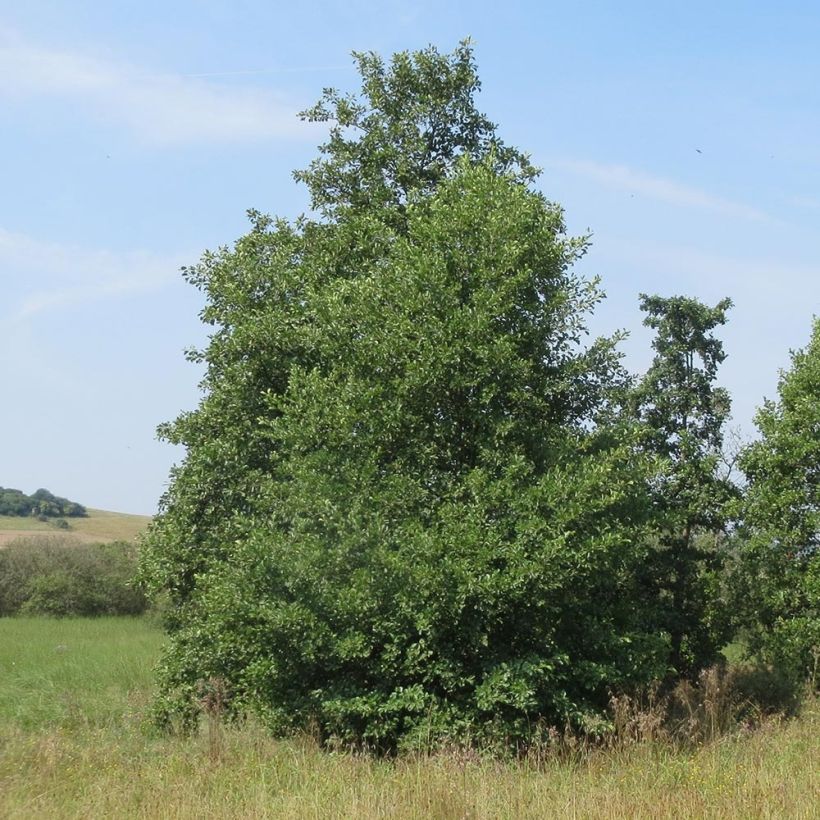

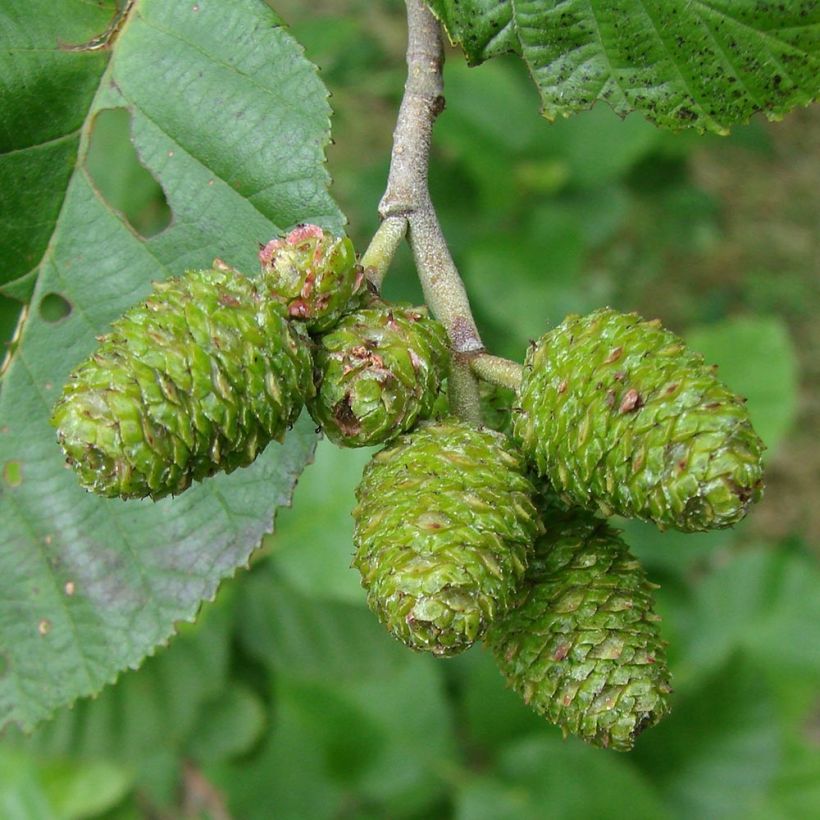

Plant habit
Flowering
Foliage
Safety measures
Botanical data
Alnus
incana
Betulaceae
Grey Alder, Speckled Alder
Alnus lanuginosa, Alnus pubescens
Northern Europe
atteinterespiratoire
Cette plante peut entraîner des symptômes allergiques.
Evitez de la planter si vous ou vos proches souffrez de rhinite saisonnière ("rhume des foins").
Davantage d'informations sur https://plantes-risque.info
Other Alnus - Alder
View all →Planting and care
Easy to grow in consistently moist soil, the White Alder requires little maintenance. It is planted in a dry to moist soil, preferably limestone, in the sun. It tolerates wind well. Only prune to remove dead or unnecessary branches.
Planting period
Intended location
Care
Planting & care advice
-
, onOrder confirmed
Reply from on Promesse de fleurs
Similar products
Haven't found what you were looking for?
Hardiness is the lowest winter temperature a plant can endure without suffering serious damage or even dying. However, hardiness is affected by location (a sheltered area, such as a patio), protection (winter cover) and soil type (hardiness is improved by well-drained soil).

Photo Sharing Terms & Conditions
In order to encourage gardeners to interact and share their experiences, Promesse de fleurs offers various media enabling content to be uploaded onto its Site - in particular via the ‘Photo sharing’ module.
The User agrees to refrain from:
- Posting any content that is illegal, prejudicial, insulting, racist, inciteful to hatred, revisionist, contrary to public decency, that infringes on privacy or on the privacy rights of third parties, in particular the publicity rights of persons and goods, intellectual property rights, or the right to privacy.
- Submitting content on behalf of a third party;
- Impersonate the identity of a third party and/or publish any personal information about a third party;
In general, the User undertakes to refrain from any unethical behaviour.
All Content (in particular text, comments, files, images, photos, videos, creative works, etc.), which may be subject to property or intellectual property rights, image or other private rights, shall remain the property of the User, subject to the limited rights granted by the terms of the licence granted by Promesse de fleurs as stated below. Users are at liberty to publish or not to publish such Content on the Site, notably via the ‘Photo Sharing’ facility, and accept that this Content shall be made public and freely accessible, notably on the Internet.
Users further acknowledge, undertake to have ,and guarantee that they hold all necessary rights and permissions to publish such material on the Site, in particular with regard to the legislation in force pertaining to any privacy, property, intellectual property, image, or contractual rights, or rights of any other nature. By publishing such Content on the Site, Users acknowledge accepting full liability as publishers of the Content within the meaning of the law, and grant Promesse de fleurs, free of charge, an inclusive, worldwide licence for the said Content for the entire duration of its publication, including all reproduction, representation, up/downloading, displaying, performing, transmission, and storage rights.
Users also grant permission for their name to be linked to the Content and accept that this link may not always be made available.
By engaging in posting material, Users consent to their Content becoming automatically accessible on the Internet, in particular on other sites and/or blogs and/or web pages of the Promesse de fleurs site, including in particular social pages and the Promesse de fleurs catalogue.
Users may secure the removal of entrusted content free of charge by issuing a simple request via our contact form.
The flowering period indicated on our website applies to countries and regions located in USDA zone 8 (France, the United Kingdom, Ireland, the Netherlands, etc.)
It will vary according to where you live:
- In zones 9 to 10 (Italy, Spain, Greece, etc.), flowering will occur about 2 to 4 weeks earlier.
- In zones 6 to 7 (Germany, Poland, Slovenia, and lower mountainous regions), flowering will be delayed by 2 to 3 weeks.
- In zone 5 (Central Europe, Scandinavia), blooming will be delayed by 3 to 5 weeks.
In temperate climates, pruning of spring-flowering shrubs (forsythia, spireas, etc.) should be done just after flowering.
Pruning of summer-flowering shrubs (Indian Lilac, Perovskia, etc.) can be done in winter or spring.
In cold regions as well as with frost-sensitive plants, avoid pruning too early when severe frosts may still occur.
The planting period indicated on our website applies to countries and regions located in USDA zone 8 (France, United Kingdom, Ireland, Netherlands).
It will vary according to where you live:
- In Mediterranean zones (Marseille, Madrid, Milan, etc.), autumn and winter are the best planting periods.
- In continental zones (Strasbourg, Munich, Vienna, etc.), delay planting by 2 to 3 weeks in spring and bring it forward by 2 to 4 weeks in autumn.
- In mountainous regions (the Alps, Pyrenees, Carpathians, etc.), it is best to plant in late spring (May-June) or late summer (August-September).
The harvesting period indicated on our website applies to countries and regions in USDA zone 8 (France, England, Ireland, the Netherlands).
In colder areas (Scandinavia, Poland, Austria...) fruit and vegetable harvests are likely to be delayed by 3-4 weeks.
In warmer areas (Italy, Spain, Greece, etc.), harvesting will probably take place earlier, depending on weather conditions.
The sowing periods indicated on our website apply to countries and regions within USDA Zone 8 (France, UK, Ireland, Netherlands).
In colder areas (Scandinavia, Poland, Austria...), delay any outdoor sowing by 3-4 weeks, or sow under glass.
In warmer climes (Italy, Spain, Greece, etc.), bring outdoor sowing forward by a few weeks.






























